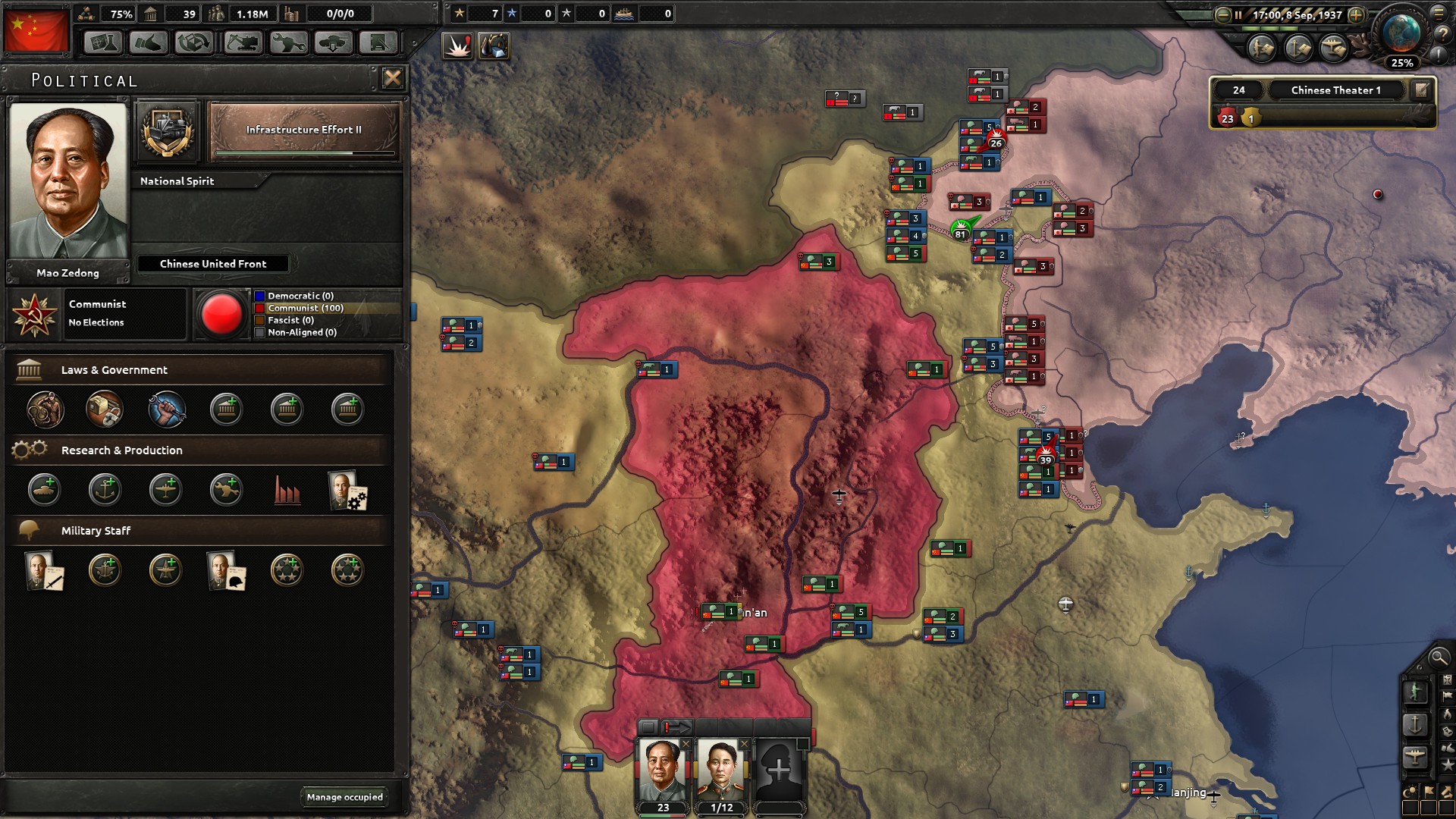


Perlman provides a sense of this in his New Yorker satire on the 1936 Xian Mutiny, in which warlord Zheng Xueliang kidnapped Guomindong leader Chiang Kai-shek: Still, to most American and Western readers, Chinese warlords were exotic foreigners whose antics were far too complex for comprehension. Even seasoned diplomats and “old China hands” were mesmerized by warlord avarice and audacity. Moviegoers gained a different perspective via films like Shanghai Express (1932) or The Bitter Tea of General Yen (1933). Journalists filled newspapers and magazines with accounts, some highly exaggerated, of warlord actions. This remarkable collection of alpha males repelled and fascinated contemporary observers. Sun Yat-sen, acclaimed “Father of the Republic,” denounced them as “a single den of badgers.” Chinese, who suffered from their misrule, were all too familiar with the warlords. His demise unleashed the warlords, who quickly carved China into a hodgepodge of nearly independent states. Yuan never connected to Republicanism and shortly before his death attempted an imperial restoration (1915–16). A rocky marriage between this wily general and Sun ended with the former elected as China’s first president. To succeed, a republic needed support from China’s armed forces and their commander, Yuan Shikai. Leaders like dentist-turned-revolutionary Sun Yat-sen argued Western-style Republicanism was the new standard for governance. Warlords began their rise to power during the 1911 Revolution that ended millennia of imperial rule. Holdouts dominated remote frontier provinces until 1950 some of their lieutenants fought a decade later to control drug trafficking in the Golden Triangle. In the words of a contemporary, they “did more harm for China in sixteen years than all the foreign gunboats could have done in a hundred years.”1 Warlords struggled for power between the death of would-be Emperor Yuan Shikai in 1916 and the end of the republic in 1949. Some were highly trained officers, others selfmade strategists or graduates of the “school of forestry,” a Chinese euphemism for banditry. Usually translated into English as “warlords,” junfa were the bane of Republican China. When the wind blows, the grass bends with the wind. Source: US Army Heritage and Educational Center.


 0 kommentar(er)
0 kommentar(er)
